As cities across the country experience rapid population growth, infrastructure often lags behind, especially when it comes to road access. Expanding housing developments are frequently not matched by upgrades to the roads that serve them, leading to congestion, bottlenecks, and frustration for residents. These imbalances can create a host of issues, including longer commute times, increased pollution, and diminished quality of life. While housing may be booming, the strain on the road systems becomes a significant barrier to the smooth functioning of these urban areas. Understanding where this is happening can help residents and policymakers address these issues before they become more severe.
1. Phoenix, Arizona
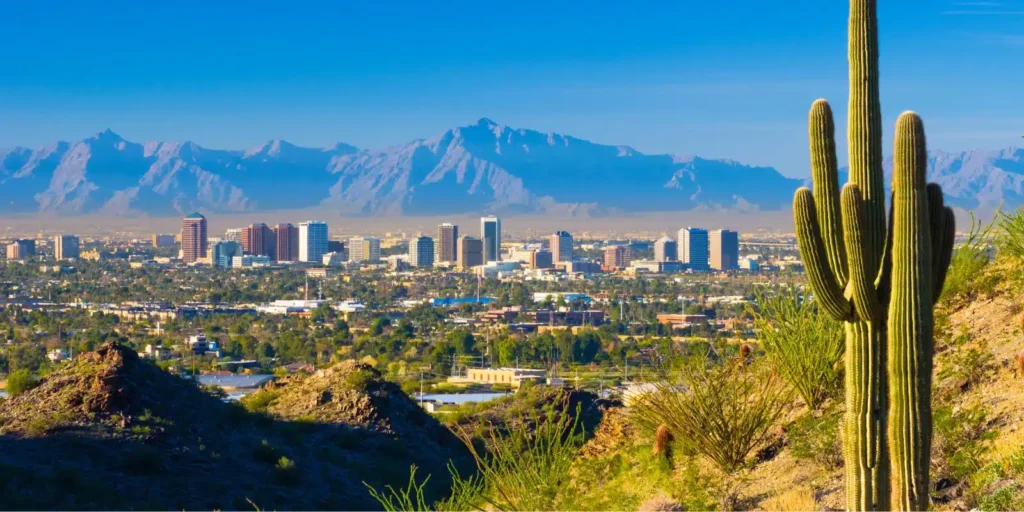
Phoenix has seen rapid growth in recent years, with the population increasing significantly as more people move to the area for its affordable housing and job opportunities. However, according to In Business, the city’s infrastructure has struggled to keep up, particularly in its rapidly developing suburbs. As new neighborhoods sprout up, many of them lack the necessary road improvements, leading to frequent traffic jams and a heavy reliance on major highways. The lack of road capacity makes daily commuting increasingly difficult, with residents facing longer travel times and greater frustration during peak hours.
In response to this challenge, local authorities have begun planning new road expansions and improvements, but the pace of construction often falls behind the rate of new development. This has led to significant strain on roads in the most affected areas, which can feel increasingly congested and unsafe. Until the necessary infrastructure is built, Phoenix residents may continue to struggle with the consequences of rapid growth without the accompanying road access they need.
2. Austin, Texas
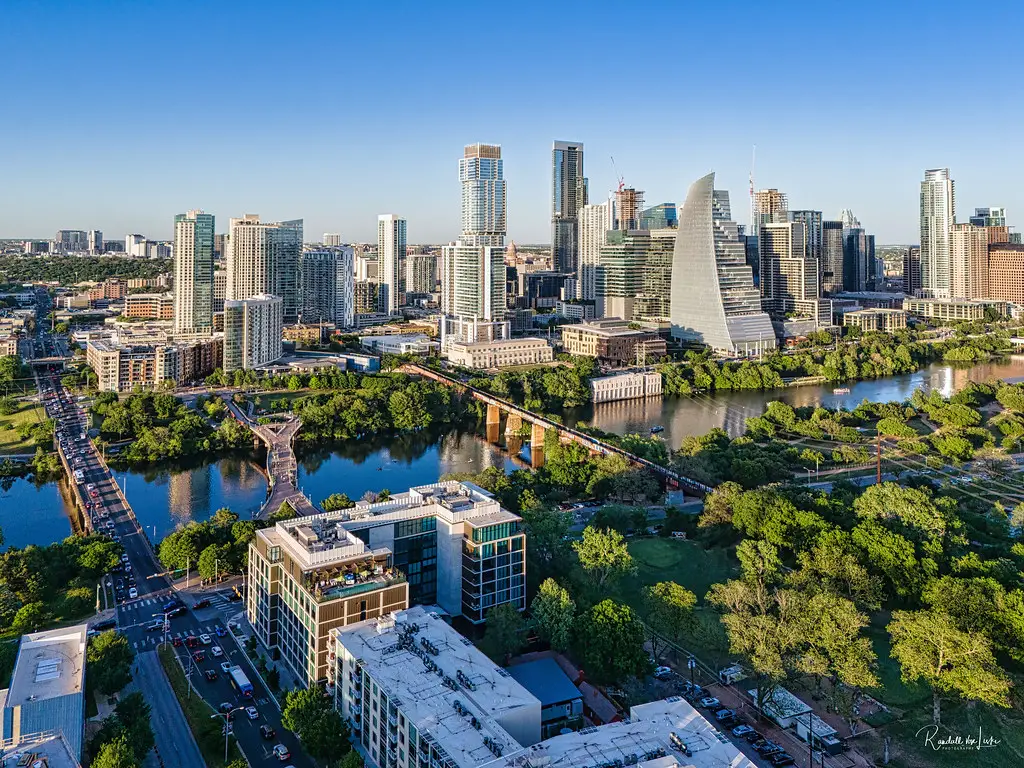
Austin’s population has skyrocketed in recent years, and with it, demand for housing has reached new heights. Unfortunately, the city’s road system has not kept up with the influx of new residents. Neighborhoods that were once considered suburban are now home to thousands of people, and the roads that once served these areas are now insufficient for the increased traffic. Habitat Hunters notes that the growth of tech companies and startups has exacerbated the problem, with employees commuting from all corners of the city, causing even more gridlock during peak hours.
Local planners have struggled to keep pace with the growing demand for new roads and highway expansions. While the city has made some progress with infrastructure projects, such as the expansion of major highways and the creation of new urban thoroughfares, these projects often take years to complete. Until road access catches up with the housing growth, Austin residents will continue to face long commutes and delayed travel times.
3. Denver, Colorado
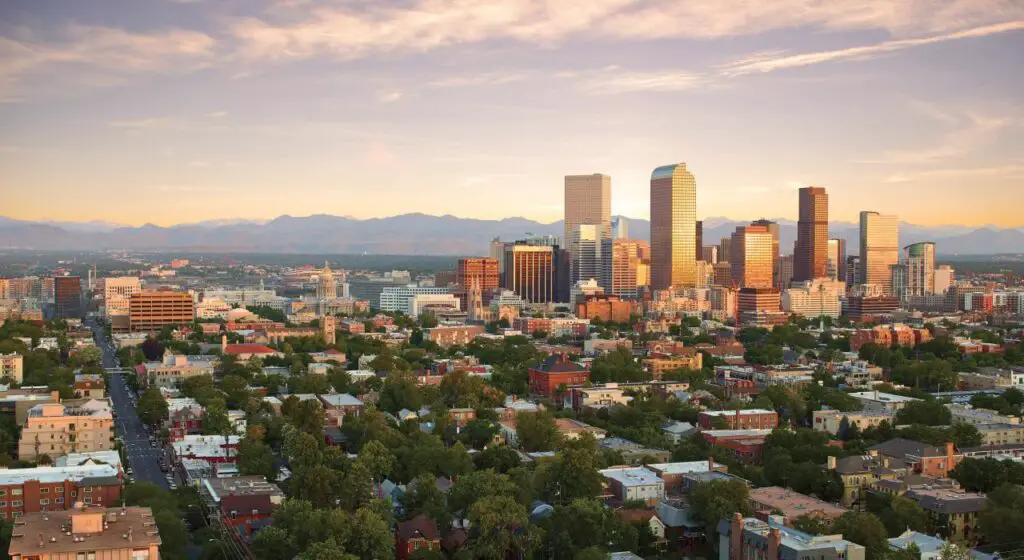
Denver has experienced a significant population increase in recent years, particularly in its outlying suburbs. However, the road infrastructure in many of these areas has been slow to evolve, leading to congestion on key routes that serve newly developed neighborhoods, says Infrastructure Report Card. This issue is particularly noticeable in neighborhoods like Stapleton, where the rapid housing development has outpaced the expansion of road access. Residents often find themselves stuck in traffic, making the commute to downtown Denver or other business hubs a time-consuming and frustrating experience.
Despite efforts to improve infrastructure, including the construction of new highways and road upgrades, the pace of development continues to outstrip the progress of road improvements. As more people move to Denver, road access issues are expected to worsen unless faster action is taken to expand the city’s transportation infrastructure. Until this gap is addressed, Denver’s new residents may continue to face long delays on their daily commutes.
4. Charlotte, North Carolina
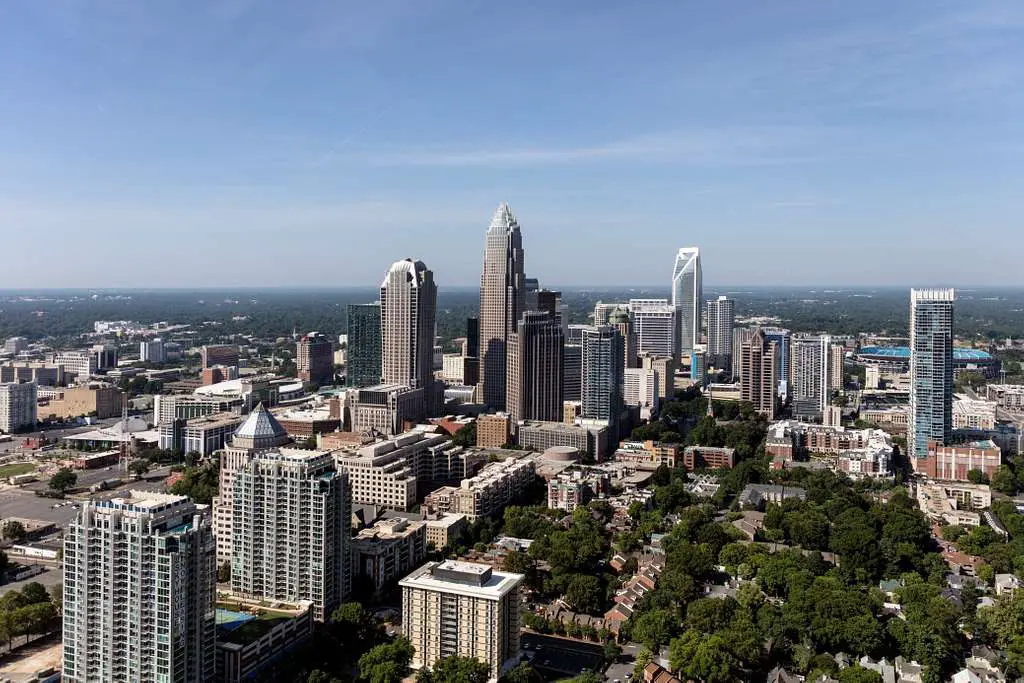
Charlotte is one of the fastest-growing cities in the United States, attracting both businesses and families looking for affordable housing options. However, Caddy Moving notes that the city’s rapid expansion has put significant pressure on its road network, particularly in newer neighborhoods on the outskirts. While new housing developments are being built to accommodate the influx of residents, many of these areas are still served by roads that were designed for much smaller populations. As a result, traffic congestion is a common issue, and residents often face long delays on their daily commutes.
While the city has begun to invest in road improvements, the pace of growth far exceeds the speed at which infrastructure can be upgraded. This imbalance has resulted in a significant strain on the existing roadways, making it difficult for residents to get around efficiently. Until Charlotte’s roads catch up with its housing growth, the city will likely continue to grapple with road access issues and commuter frustration.
5. Nashville, Tennessee
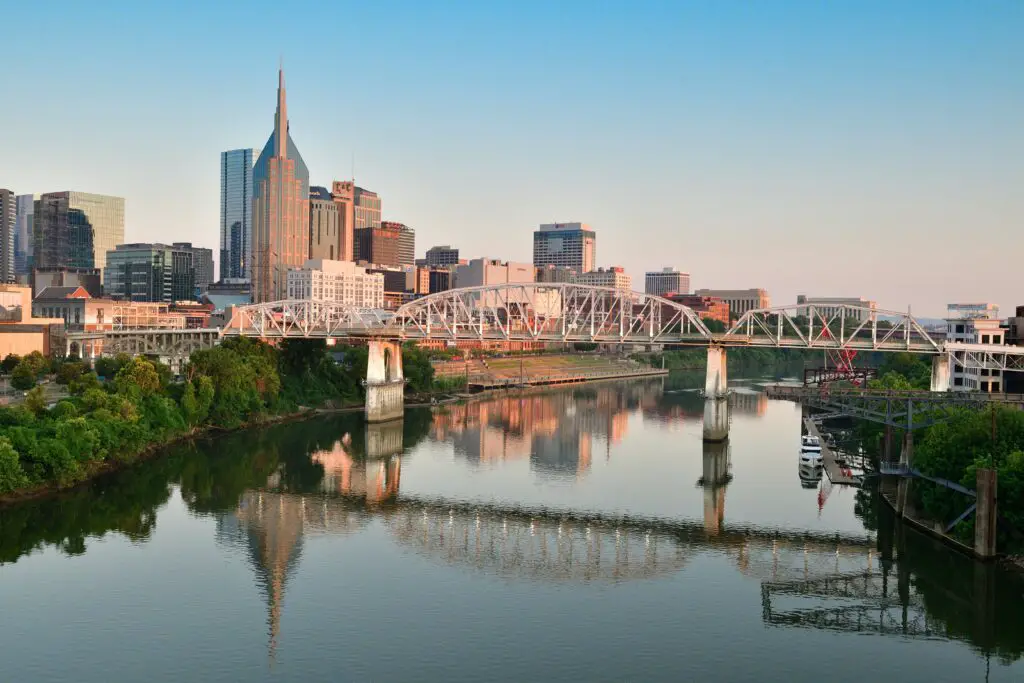
Nashville is another rapidly growing city where road access is struggling to keep pace with the housing boom. As new neighborhoods are developed to accommodate the growing population, the existing road infrastructure is often not equipped to handle the increased traffic volume. This is particularly true in suburban areas, where roads built decades ago are now overwhelmed by the number of new homes and businesses. Commutes can be frustratingly slow, especially during peak hours, and residents find themselves dealing with frequent traffic jams.
Local officials have begun planning road expansions and improvements to alleviate some of the congestion, but many of these projects are still in the planning or early construction phases. Until these road upgrades are completed, residents of Nashville’s rapidly growing suburbs will continue to experience long travel times and a lack of convenient transportation options. The city will need to prioritize road improvements if it wants to keep up with the demands of its growing population.
6. Salt Lake City, Utah
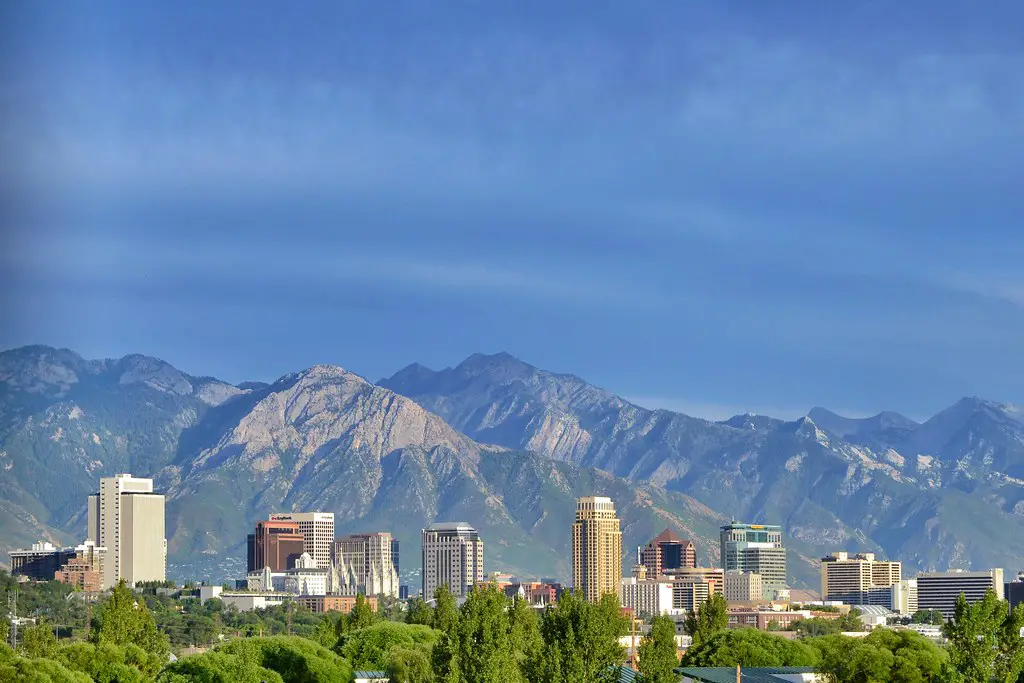
Salt Lake City has seen a population surge in recent years, with new housing developments sprouting up around the city’s urban core. Unfortunately, the road systems in these newly developed areas have not been updated at the same rate. As new developments emerge, traffic congestion becomes a growing problem, especially on routes that connect residential neighborhoods to major commercial and business areas. This has led to longer travel times and added frustration for commuters, as many roads are simply not wide enough to handle the volume of cars passing through.
While the city has been working on upgrading its infrastructure, the growth in new housing has been faster than the pace of road construction. In many cases, the roads that were designed for smaller populations are now insufficient for the current number of vehicles. Until infrastructure upgrades catch up with the housing boom, Salt Lake City residents will continue to face transportation challenges that hinder their ability to navigate the growing urban landscape efficiently.
7. Orlando, Florida
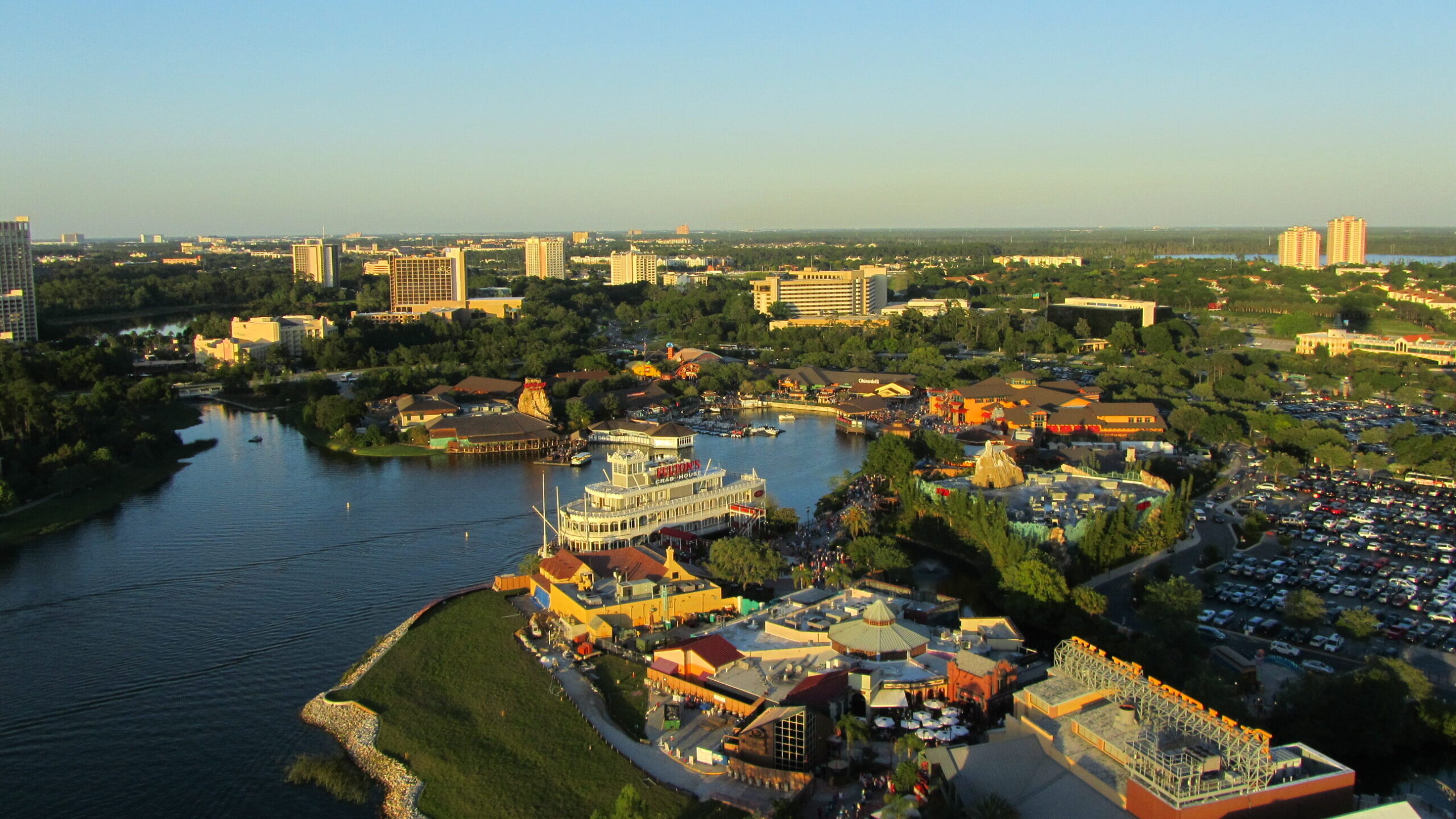
Orlando’s rapid growth has attracted families and businesses looking for a slice of sunny Florida living. However, the city’s infrastructure is struggling to keep up with the boom in new housing developments. Suburbs like Lake Nona have seen significant growth, but the roads that serve these areas have become increasingly congested. The result is often long delays and bottlenecks as commuters try to navigate through areas that weren’t originally designed to handle such heavy traffic.
While some infrastructure improvements have been made, many of the newer housing areas still rely on roads that are outdated and unable to support the growing number of residents. As more people move to Orlando, traffic congestion is only expected to worsen unless substantial road expansions are made. The city’s growth will require careful planning to ensure that the infrastructure can support the increasing population and reduce commuter frustration.
8. Dallas, Texas
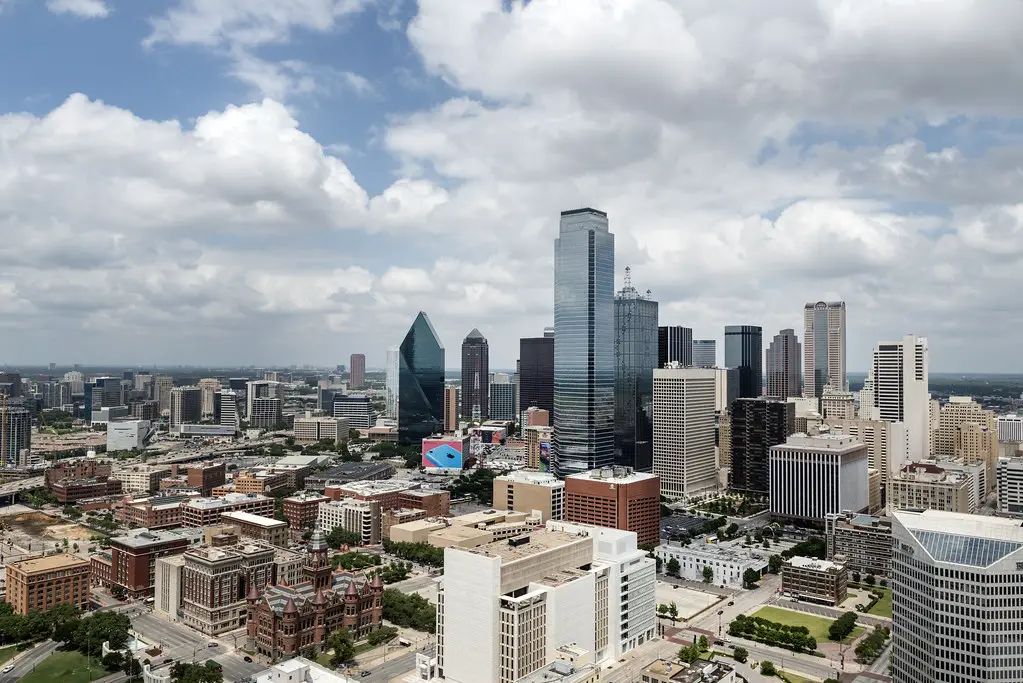
Dallas is a city that has long experienced steady growth, but in recent years, its expansion has accelerated, particularly in its suburban areas. New housing developments have popped up in places like Frisco and McKinney, but the road systems that serve these developments are not always sufficient. The city’s road network struggles to keep up with the increasing number of residents, leading to traffic jams and delays on roads that were once less congested. The result is a city where daily commutes can feel like a battle against the clock.
While Dallas is taking steps to improve its infrastructure, the rapid pace of new development makes it difficult for road access to keep up. As the city continues to expand, road construction projects will need to accelerate in order to provide smoother and more efficient routes for commuters. Until this happens, Dallas residents may continue to struggle with the consequences of insufficient road infrastructure.
9. Tampa, Florida
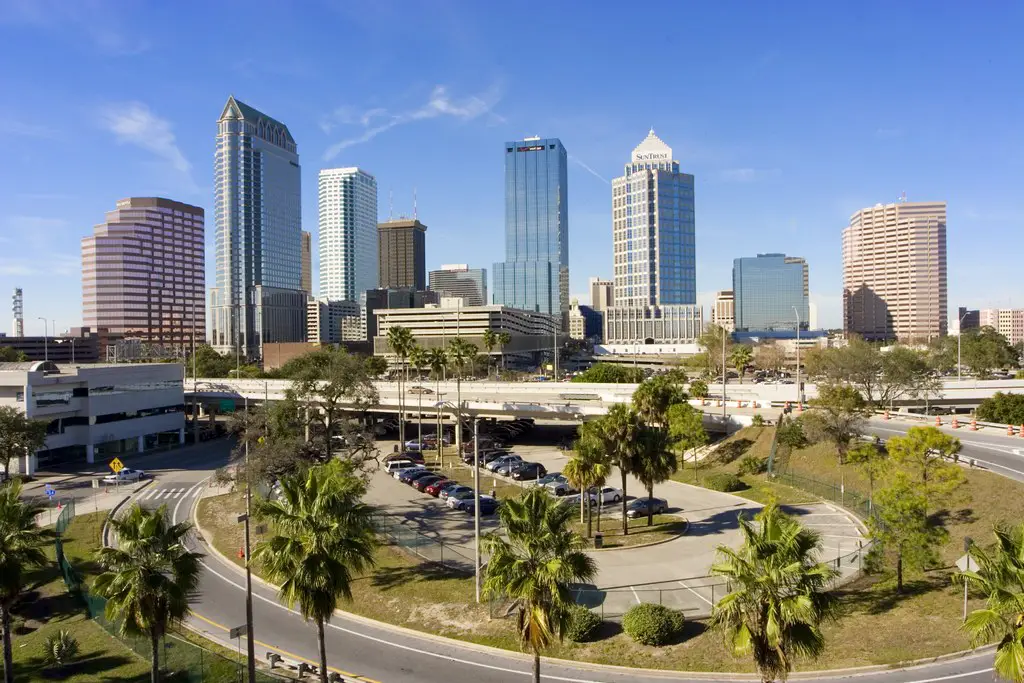
Tampa is experiencing significant population growth, particularly in its suburban areas, as more people flock to the area for its mild climate and lower cost of living. However, many of the neighborhoods on the outskirts of the city are still served by roads that were not designed to handle such a large number of residents. The result is frequent congestion and long travel times for those living in newer developments. As housing continues to boom, residents are left dealing with traffic jams that make the commute to work or school more stressful than necessary.
The city has begun to address the problem with plans for road expansions and upgrades, but many of these projects are still in the early stages. Until these infrastructure improvements are completed, Tampa residents will continue to face challenges related to road access and increased traffic. The city will need to prioritize the development of its road network to match the rapid pace of its housing growth.
10. Raleigh, North Carolina
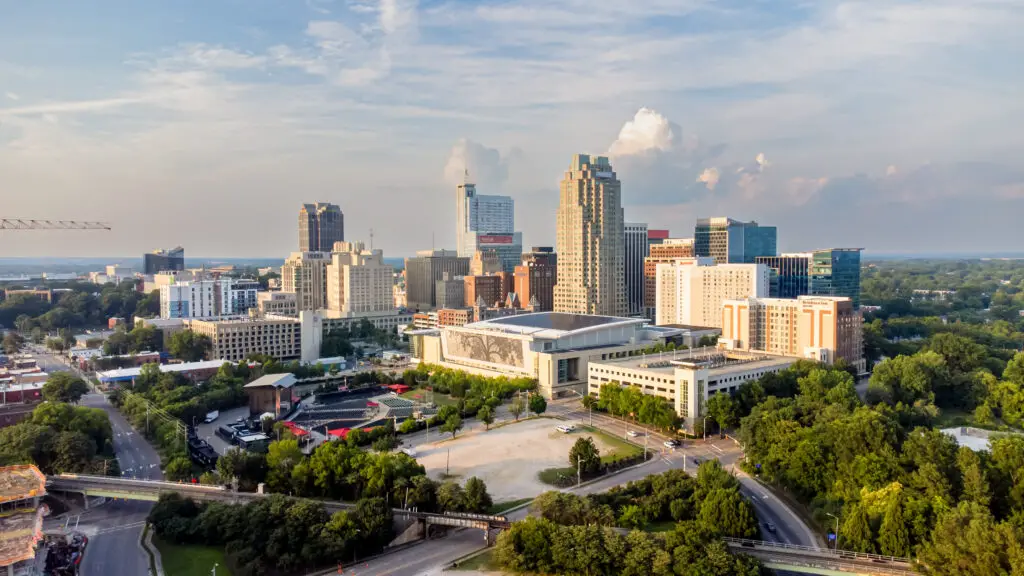
Raleigh has become one of the fastest-growing cities in the country, thanks to its booming tech industry and desirable living conditions. As the population has increased, so too has the demand for housing, with new developments springing up in all directions. Unfortunately, the city’s roads have not kept pace with this growth. The road systems serving these new developments are often inadequate, leading to traffic delays and long commutes for residents.
While the city is working on expanding its road network, the rapid pace of development means that new housing projects are frequently ahead of road infrastructure improvements. Until more investments are made in road upgrades, Raleigh’s residents will continue to experience road access challenges that hamper their ability to travel efficiently. The city will need to accelerate its infrastructure development to ensure that the growth of its housing market doesn’t outpace its transportation system.
11. Jacksonville, Florida
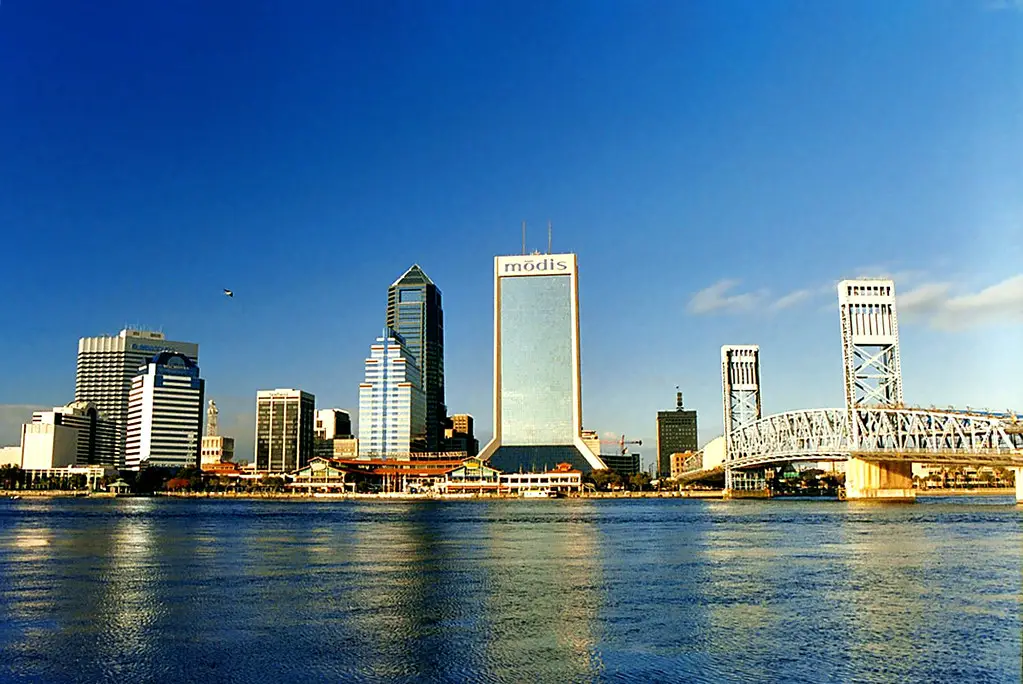
Jacksonville, a city that has long been known for its expansive land and relatively affordable housing options, is now facing challenges due to rapid growth in its suburbs. The housing market has expanded quickly, particularly in areas like St. Johns County and the surrounding regions. However, the city’s road network hasn’t been able to keep pace with the increasing demand. As a result, new residents often find themselves caught in traffic congestion on roads that weren’t built to handle such high volumes of vehicles.
This issue is compounded by the city’s sprawling nature, where development often occurs far from the central urban core. The lack of direct and efficient routes between these new developments and Jacksonville’s main commercial areas further exacerbates the problem. Until road upgrades are prioritized and constructed, Jacksonville’s road access will continue to lag behind its housing growth, leaving residents with longer commute times and increased frustration.
12. Kansas City, Missouri
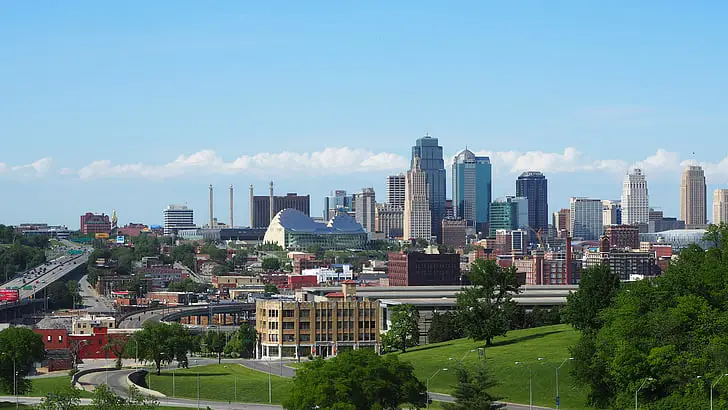
Kansas City has been experiencing a surge in new residents and housing developments in recent years, especially in areas outside the city’s historic downtown. With more people moving in, the need for reliable transportation and road infrastructure has grown substantially. Unfortunately, many of the new housing areas are not well-connected by adequate roads, leading to traffic jams and bottlenecks during rush hour. This situation is particularly troublesome in suburban developments, where many roads are still two-lane streets that can’t handle the volume of cars now using them.
Local officials have acknowledged the need for road improvements to support the growing housing market, but these projects often take years to complete. Until more road expansions and upgrades are implemented, Kansas City residents will continue to face the inconvenience of inefficient road networks, particularly as new developments spring up and bring more traffic. For the city to maintain its growth trajectory, substantial investments in transportation infrastructure will be required.
